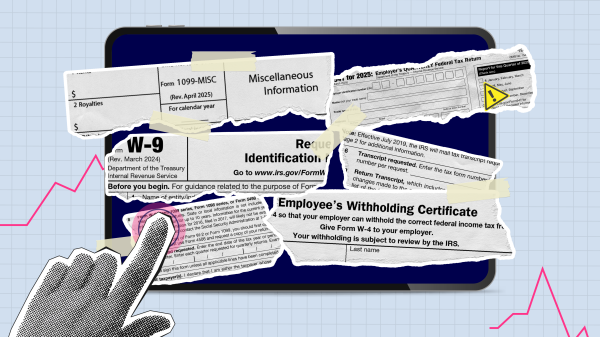Lean. Agile. Start-up.
Three words that are trying desperately to be ingrained into the government business model — and there’s a gang of 15 individuals attempting to make that a reality.
After their time in government ended, several second-round participants in the Presidential Innovation Fellows program came together with an idea: make the projects they had launched stick and give them a place to land.
From there, 18F was born.
Greg Godbout, co-founder and lead developer at 18F, told FedScoop there was a discussion that happened organically around these laboratory-like projects that needed a permanent home in government.
“If you bring people in and they build a tool, I describe it like starting sparks in the federal government,” Godbout said. “We’re trying to figure out how can we make those sparks stay and spread and turn into fire? You need some sort of established group that is going to work with the infrastructure and with the agencies, and put the systems in place to bring these projects in for a landing.”
The inspiration for 18F originated from the Government Digital Service, an office within the British government, which is leading the digital transformation of the U.K. public sector. The thought behind the program is to have a digital services group in government working with projects and doing client services, as well as building in its own IT and digital services for federal agencies.
For 18F, the two focus areas are procurement tools and open government and include all the projects that fall into those categories. The initiative will build upon projects that came out of last PIF program, as well as other efforts that started elsewhere in government.
“It’s a natural extension of GSA’s role, which is to be sort of an accelerant in three primary areas — real estate, acquisition and IT,” said Dave McClure, associate administrator of GSA’s Office of Citizen Services and Innovative Technologies and overseer of 18F. “This is really taking GSA’s role of taking new ways of doing things and spreading it throughout government.”
Godbout has most recently been spending a lot of time with government agencies, identifying their needs and projects; however, details about which projects are being kept under wraps. He did say to expect results from a few projects, which span across 10 to 12 agencies, in early summer. Contrary to suggestions from some that 18F is a typical research and development program, it shouldn’t be mistaken as such, according to those who are involved with the initiative.
“I think most of the stuff 18F is working on is very practical, very short term, very high pay off and quick paced,” McClure said. “Everything the team revolves around, agile, lean development cycles is really kind of antithetical to traditional R&D.”
It’s a widely held perception in the federal tech community that it’s hard to innovate in government. But 18F seeks to remedy that, by creating a fail-safe environment and establishing a culture change that reduces the negative connotation associated with failure.
“When you think of it as learning and you think of it as responsiveness, it’s actually very safe to be embracing many small failures instead of betting on one big long-term, ‘hope we get this right’ project,” Godbout said.
According to Godbout and McClure, the type of model 18F is implementing leaves room for small failures. The individuals involved with 18F are tasked with figuring out quickly whether to kill a project or to change directions and make changes quickly.
“We’re looking for high-impact, high-public interaction types of services,” McClure said. “We’re not trying to find simple things, we’re trying to find things that make sense that we want to dedicate to; it’s a very limited group of people. Quite honestly, this is not a big office.”
“Just limited in number,” Godbout joked.
There are those who argue that 18F is being created as a solution to failed or large-scale IT acquisition projects; however, Godbout and McClure stressed that isn’t the case. The creation of this office was in the works before healthcare.gov had even launched.
“It’s not focused on systems; it’s focused on problem resolution with Web-based and user-centric design,” McClure said. “They’re not lassoing all the disaster projects and bringing them in here; it’s more of an opportunity in problem solving.”
The initiative aims to also bring short- and long-term cost savings for government. Instead of the normal cycle time of development, which in government typically runs for months and years, 18F will have shorter cycle periods to build software and implement solutions. McClure says they’re planning for days, weeks and months, and they expect the cost-benefit equation of this approach to bear out quickly.
“It’s going to add big benefits for the customer side of that agency; they can do things faster and better and they have a better experience working with government,” McClure said.
The office currently has 15 employees, a majority of whom are fellows. But McClure said the office is hiring and hopes to bring in more skilled people
Admittedly, 18F might not be for everyone.
“We’re trying to find customers that align with our methodology,” Godbout said. “It’s very important that early on, we pick the customers that are aligned with us, that are comfortable with our ways, and want these ways to build their next tool.”






